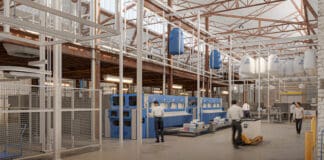“Shifting to electric HVAC or heat pumps and hot water heaters is essential to a carbon-neutral strategy—even though an all-electric building may still generate more indirect greenhouse gas emissions today than a building that heats with natural gas,” says Mehta.
“While natural gas burned by a furnace or boiler produces methane and other greenhouse gases, electric heat may still consume power from the grid produced by coal—which releases almost twice as much CO2 during combustion as natural gas does. But electric grids are rapidly getting cleaner, whereas a building or portfolio that continues to burn natural gas or fuel oil will find it challenging to minimize greenhouse gas emissions sufficiently to achieve carbon neutrality.”
The Inflation Reduction Act
While regulatory and legislative uncertainty is still a factor, the Inflation Reduction Act of 2022 is expected to support the built environment as it transitions to greener infrastructure. The Wilderness Society described the act as a “breakthrough on climate,” and for good reason.
“The approval of the Inflation Reduction Act (IRA) is a sign that industry and governmental leaders are focusing in a big way on supporting the market’s evolution to decarbonization,” says Bennett. “This will positively affect the industry on a building-by-building level.”

While specific regulations are still being established on a state-by-state basis, Mehta highlights these tax credits as the biggest takeaways for facility executives:
- Businesses can get a maximum base tax credit for 30% of the cost of switching over to solar power, which can minimize operating costs for facility executives and protects against the volatile energy prices that particularly impact small businesses.
- They can also get a maximum base tax credit for 30% of the cost of installing a battery energy storage system (BESS). Before IRA, you could get the credit only if you installed a BESS along with a solar power array. Now, the credit also applies to either a standalone BESS or one purchased as an add-on to an existing solar installation. This will benefit facility executives particularly if they’re working to meet net-zero goals or require an uninterruptible power supply for continuity of operations such as healthcare facilities and data centers.
- The IRA offers a tax credit up to $5 per sq. ft. (formerly only $1.80) to support energy efficiency improvements—provided they achieve 50% of greater energy reduction—or $2.50 per sq. ft. for 25% reduction. This greatly expands the existing program and will increase ROI for facility executives so they can complete energy efficiency projects on their to-do list.
Decarbonization Through Digitization
To achieve lofty ESG goals and earn certifications such as LEED or WELL, organizations need to rely on technology that provides them detailed information about energy usage.
Self-sufficient technology can be used to record energy usage, and can be programed to turn off or adjust the settings automatically in response to changing conditions. An example is a smart HVAC system with the power to self-regulate and limit usage based on building occupancy levels or in response to outside weather conditions.
“Modern building management systems use sensor networks and analytics to provide dynamically responsive ventilation, which optimizes conditions in each space in real time based on occupancy, current weather, and other variables,” says Mehta. “Sensors track both indoor and outdoor conditions, pulling in fresh air when conditions inside and outside the building are closely aligned to minimize the HVAC’s energy load.”
Jean-Pascal Tricoire, Chairman and CEO of Schneider Electric, highlights that the world will be more electric than it is today in 10 years in his keynote speech at the Schneider Electric Innovation Summit. His research shows that in the next few years, we can expect the industry to see a significant growth in electrification needs, and that our industries are going to have to scale to meet this demand. The demand for electricity is already posing problems, and supply chain disruptions are only adding fuel to the fire.

“This is not business as usual,” said Tricoire, “this is inflection.” There are a lot of challenges given this period of transition and acceleration brought on by the pandemic. Tricoire shared that 70% of CO2 emissions can be removed using existing technologies—they just haven’t been implemented yet.
“In a time of global crisis, we must have complete clarity on our journey and destination. The current energy crisis is only the tip of the iceberg,” says Tricoire.
“With energy demand globally anticipated to grow three-fold in the next 30 years, it’s vital that we deploy all the technologies that are already available now to accelerate electrification, digitization, and sustainability.”





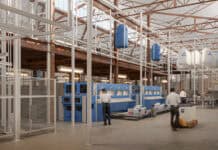

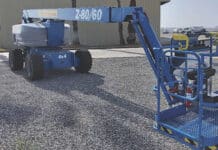
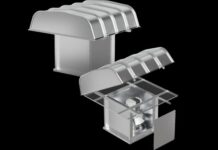

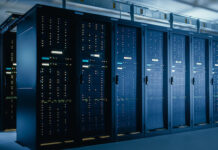





![[VIDEO] Job Order Contracting: Accelerating the Projects that Matter](https://facilityexecutivemagazine.kinsta.cloud/wp-content/uploads/2024/05/maxresdefault-324x160.jpg)
